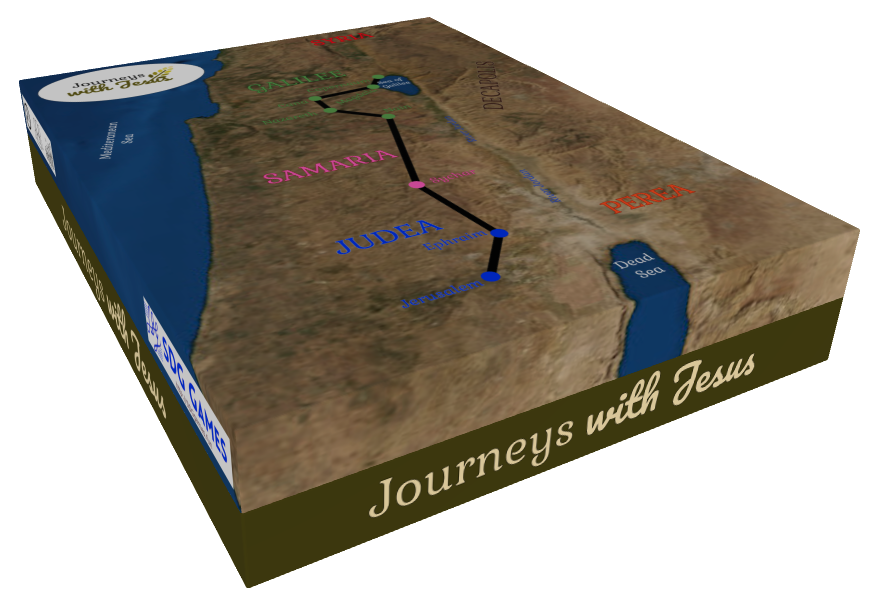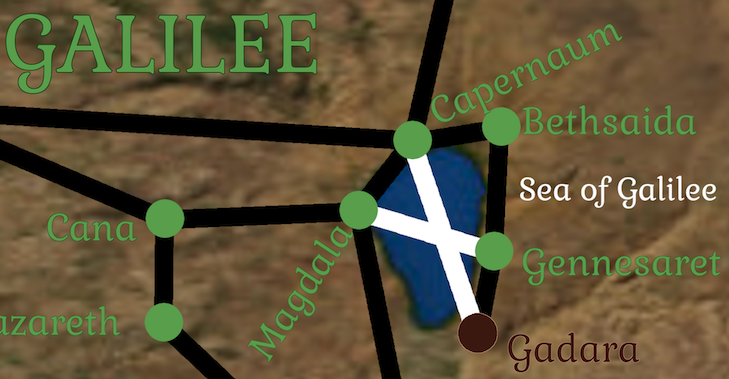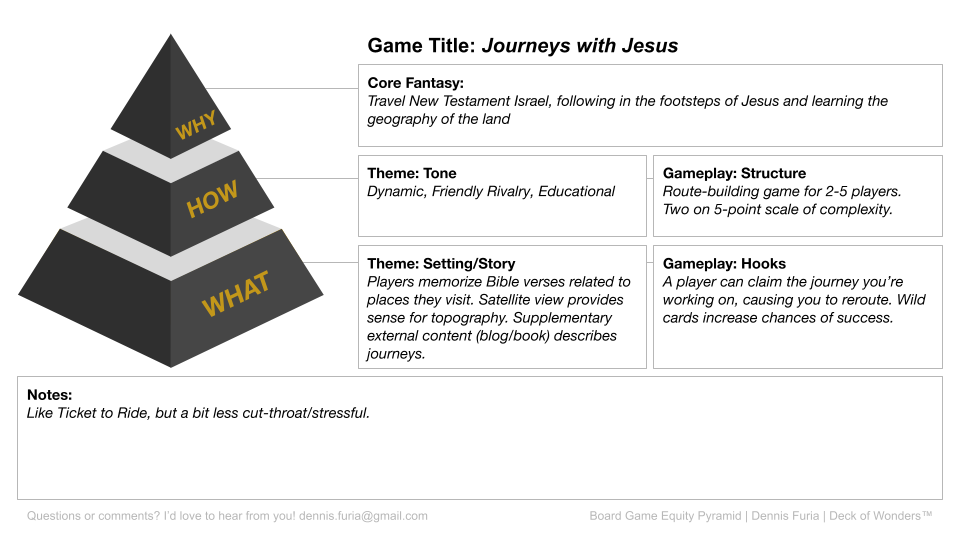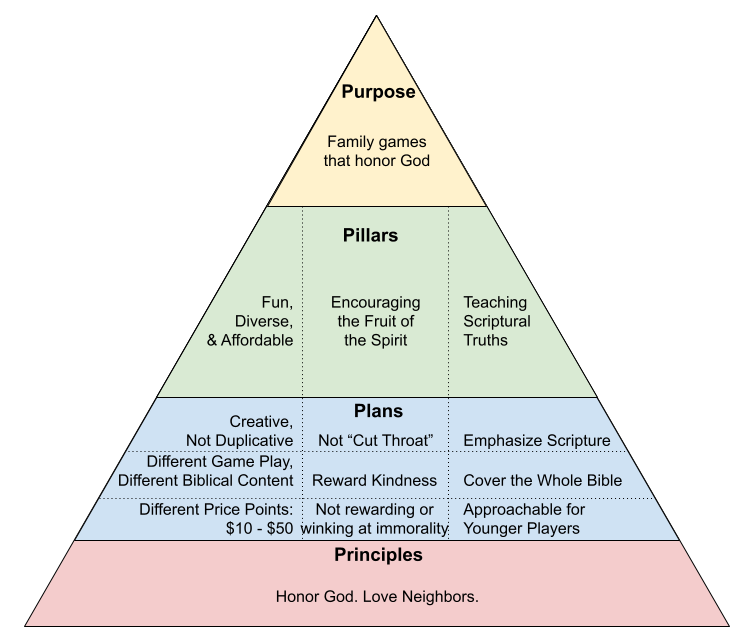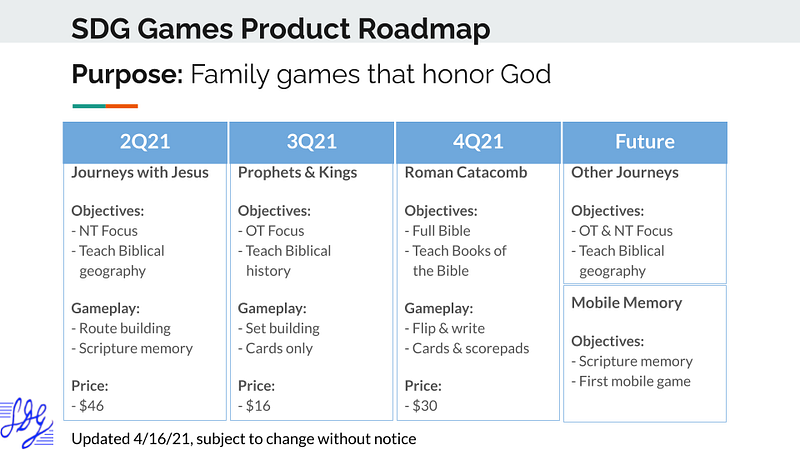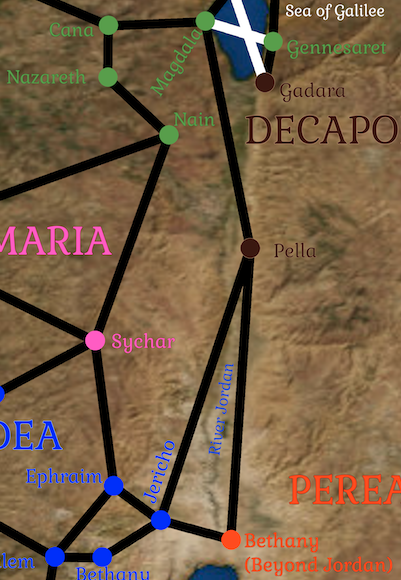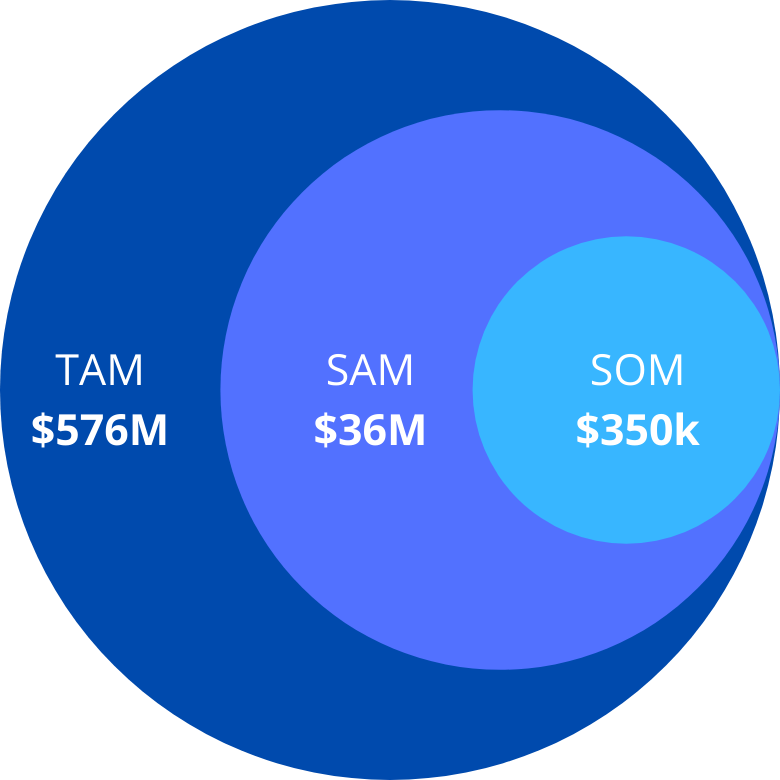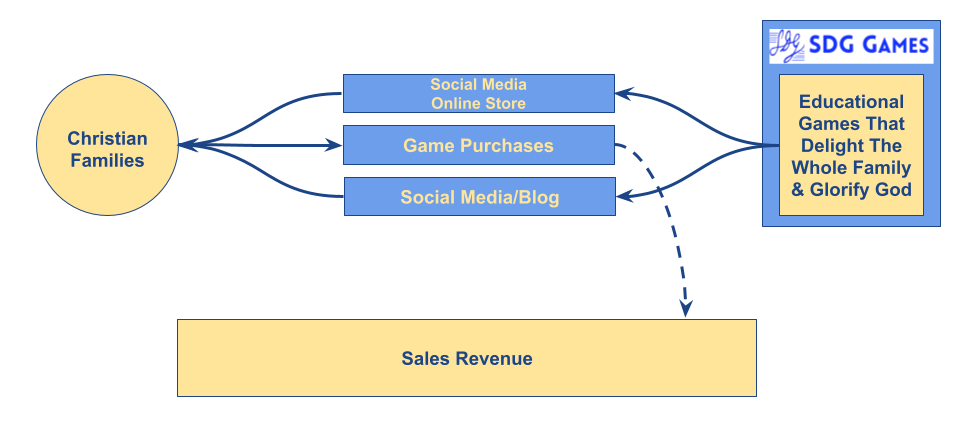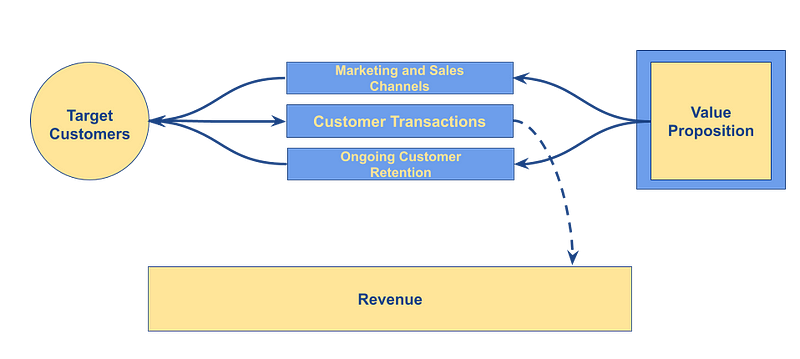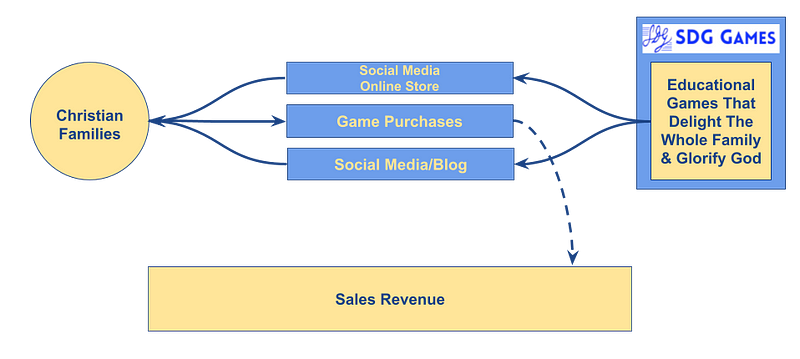In my last post we looked quite a bit at Capernaum and its significance in the Gospels. In the synoptic gospels (Matthew, Mark, Luke), Capernaum was the center of Jesus’ ministry, with Matthew even referring to the place as Jesus’ “own city.”
Today, we are continuing on with the story from the gospel of John, and John doesn’t give nearly as much attention to Capernaum. For John, it seems that Jerusalem was always the focus.
12 After this, he went down to Capernaum, he, and his mother, his brothers, and his disciples; and they stayed there a few days. 13 The Passover of the Jews was at hand, and Jesus went up to Jerusalem. (John 2:12-13)
In the synoptic gospels, there’s no mention of Jesus visiting Jerusalem during His ministry until the very end, but John has Jesus going there several times, and especially for festival times: Passover (John 2:13-23; 11:55), the Festival of Booths (John 7:2, 10), the Festival of Dedication (John 10:22), and an unnamed festival (John 5:1-3).
John seems focused on Jerusalem as the center of Jewish worship, and I think that’s somewhat reflected in John 2:13 when he says that “Jesus went up to Jerusalem”. Whenever I’m giving directions, I use the terms “up” and “down” to refer to the compass points on a map – up means going north, down means going south. But, that “north is up” orientation really only dates to European map making starting around the 16th century. The Jews often spoke of going “up” to Jerusalem, even when heading south (as in this case).
Jerusalem was literally the city on a hill. From whichever direction you approach the city, you will climb an ascent as you approach the city. This sense of physically and spiritually going up to Jerusalem to worship is perhaps best reflected in the Songs of Ascent in the Psalms (120-134). Pilgrims traveling to Jerusalem would sing these psalms as they climbed towards the city where God had chosen to make His earthly abode (Ps 132:13).
Out of the depths I have cried to you, Yahweh.
2 Lord, hear my voice.
Let your ears be attentive to the voice of my petitions.
3 If you, Yah, kept a record of sins,
Lord, who could stand?
4 But there is forgiveness with you,
therefore you are feared.
5 I wait for Yahweh.
My soul waits.
I hope in his word.
6 My soul longs for the Lord more than watchmen long for the morning,
more than watchmen for the morning.
7 Israel, hope in Yahweh,
for there is loving kindness with Yahweh.
Abundant redemption is with him.
8 He will redeem Israel from all their sins.
(Psalm 130)
When John spoke with the woman at the well, their discussion quickly turned to the topic of worship.
The woman rightly observed: Our fathers worshiped in this mountain, and you Jews say that in Jerusalem is the place where people ought to worship.” (John 4:20)
Jesus responded: Jesus said to her, “Woman, believe me, the hour comes, when neither in this mountain, nor in Jerusalem, will you worship the Father. 22 You worship that which you don’t know. We worship that which we know; for salvation is from the Jews. 23 But the hour comes, and now is, when the true worshipers will worship the Father in spirit and truth, for the Father seeks such to be his worshipers. 24 God is spirit, and those who worship him must worship in spirit and truth.” (John 4:21-24)
In John’s gospel, Jesus went to Jerusalem several times to worship God, but when His work on the cross was finished, Jerusalem was no longer mentioned.
Let us too worship God in spirit and in truth, crying to Him for forgiveness, setting our hope on His loving kindness and the redemption we can find in Christ.
—
NOTE: Journeys with Jesus is now on sale at https://www.thegamecrafter.com/crowdsale/journeys-with-jesus
The map at the top of this post is a snapshot of a portion of the gameboard for Journeys with Jesus.
If you’ve found this interesting and would like to continue to read these stories of the journeys and places in Journeys with Jesus, sign up in the sidebar to receive updates.
Note: all scripture quotes, unless otherwise noted, are from the World English Bible which is in the public domain.




